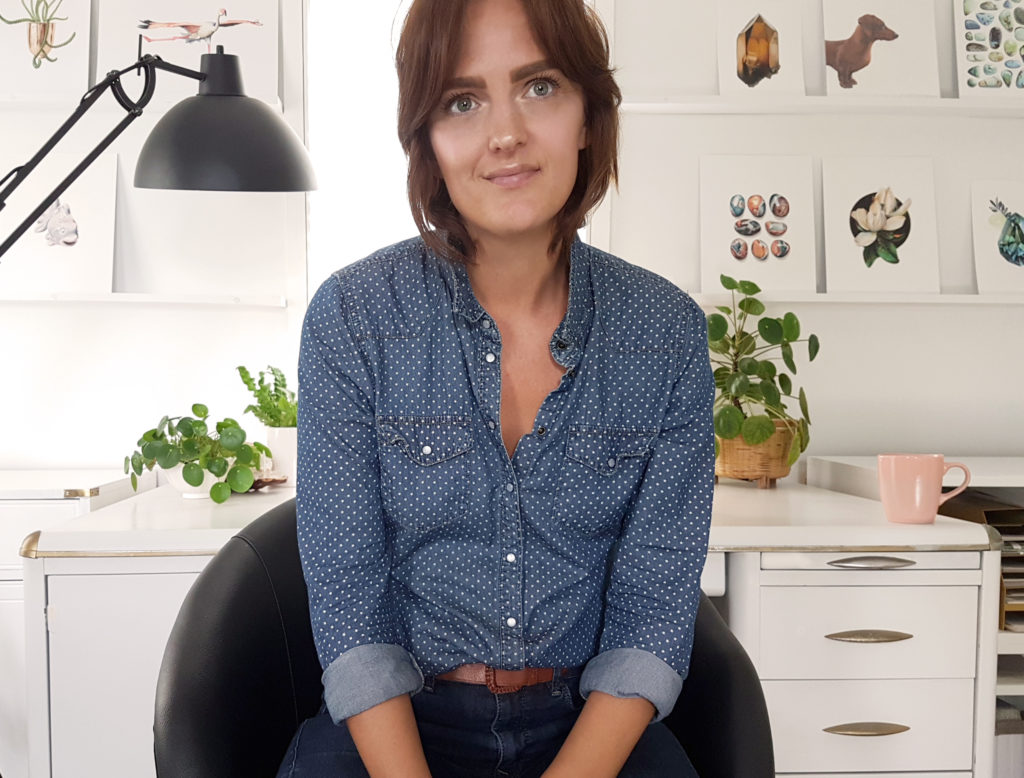Our latest Artist Q&A is with Canadian artist Amy Hetherington of Headspace Illustrations.
We have been following Amy’s work on Instagram, and love how she uses PanPastel for her beautifully delicate nature inspired illustrations. So we asked Amy to tell us more about her work, and how she uses PanPastel.
Tell us about your background as an artist.
I discovered a 1970’s Walter Foster book when I was about 9 years old, How to Draw Faces. I remember being absolutely enthralled with the step by step tutorial. Then through my high school years, absorbing as much instruction as possible in art classes. I did quite well, top of my class, and it gave me a sense of pride that I had discovered something that I excelled at. However, I got married shortly after high school, and it all came to a halt. I had to start living like an adult, and for some reason that didn’t include artwork.
After a 20 year hiatus, I came across a colored pencil illustration on Instagram that stopped me in my visual tracks. Completely awestruck, I decided at that point it was time to pick up a pencil again. I started with a few graphite drawings, and then, after some gentle encouragement from my family, and many YouTube reviews and tutorials, I took the plunge with colored pencil. I quickly realized the role it played in my mental and emotional health, subduing my anxieties. And now, instead of using art as a healthy coping skill, it’s evolved into a means of contributing financially to my little family. It’s been a dream come true, doing something I love, and being able to do it while taking care of my two young children at home. I opened my own Etsy shop HeadspaceIllustrates, in 2016.
Describe your artwork.
I tend to illustrate bold, nature inspired, minimalistic subjects, with intricate detailing. Crystals and stones, moths and butterflies, interesting foliage and mushrooms, shells and seaglass. Simple but significant.
 Tell us about your creative process and the materials that you use.
Tell us about your creative process and the materials that you use.
All creativity is spurred on by inspiration, and I’m inspired by the natural world. Once I find the perfect reference, I do a quick, rough outline of the subject in graphite pencil, then erase them as I fill in with base colors. I try to stay true to the reference as possible, until the end layer of color, at which point I make it my own. I like to inject colors that stretch the boundary of realism, to bring it to life.
 How did you discover PanPastel / When did you first begin using PanPastel?
How did you discover PanPastel / When did you first begin using PanPastel?
I came across a few artists on Instagram that really impressed me. Ivan Hoo is a pastel artist from Singapore who specializes in realistic pet portraits, his technique in achieving a soft fur texture was absolutely intriguing. Another artist was Alex Louisa from Australia, who used the PanPastel exclusively for a variety of botanicals, the outcome was stunning. Also, Lisa Lachri has a number of art supplies that she uses and reviews on YouTube, I watch her videos before I consider investing in new mediums, she’s been a wealth of information in regards to the PanPastel. It really didn’t take much convincing to try them out, it was a great fit for my process. I only wish I started using them sooner, it’s only been since April 2019 that I began incorporating them into my art.
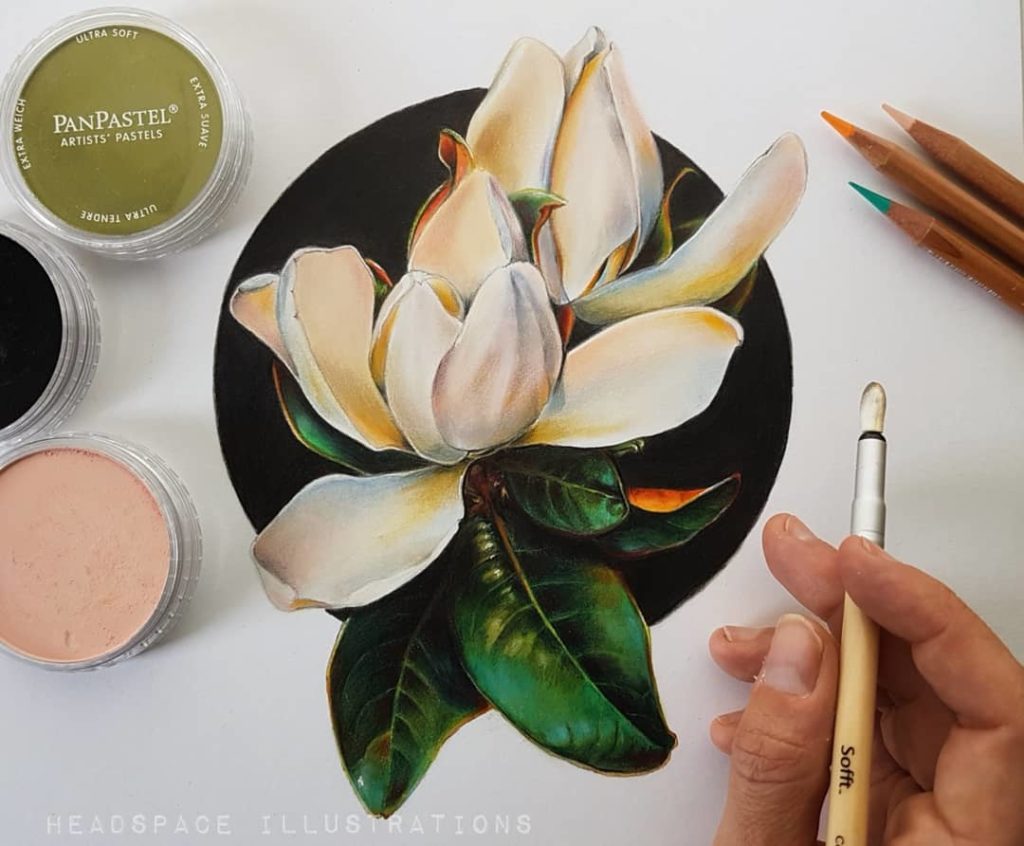 Are you combining PanPastel with other media – if so, which media – and how do you use them together?
Are you combining PanPastel with other media – if so, which media – and how do you use them together?
Colored pencil is an extremely time consuming medium, so incorporating PanPastel as my base layer is an efficient way to achieve instant, easily blended color, without damaging the tooth of my paper. So that’s what I do, after I outline my subject in pencil, I use the Sofft tools to apply a base layer of color. After I lay the color down, I use my Tombow Mono Zero eraser to remove areas of PanPastel for highlights. Then I apply detailing on top with colored pencil.
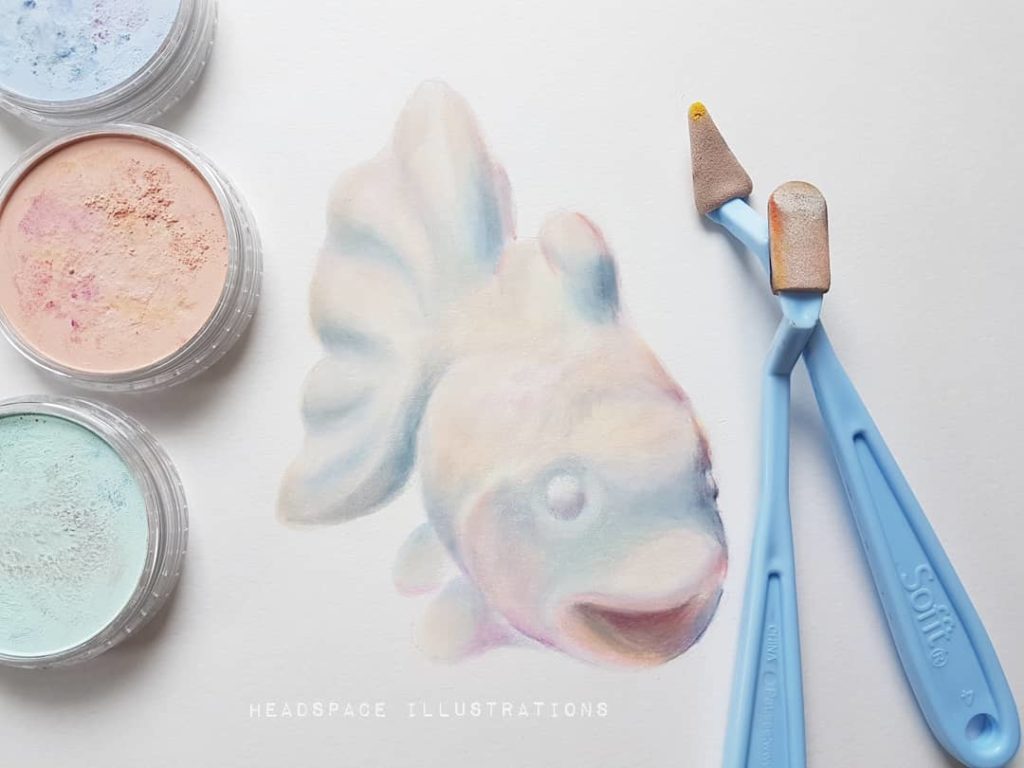
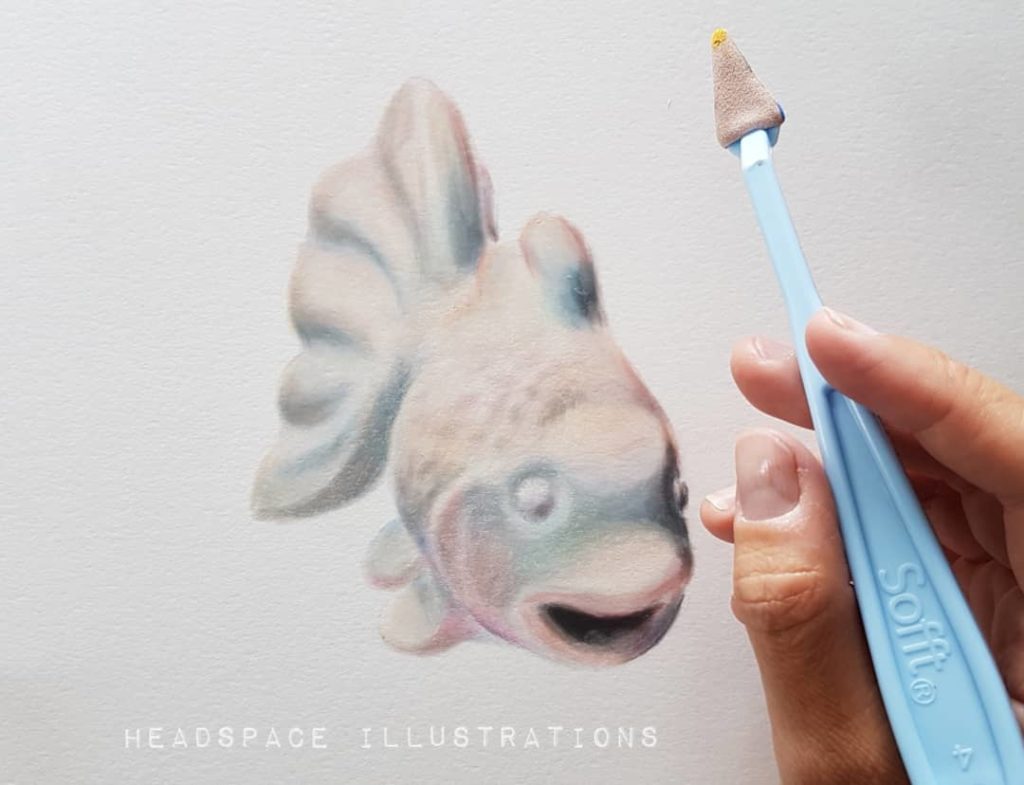
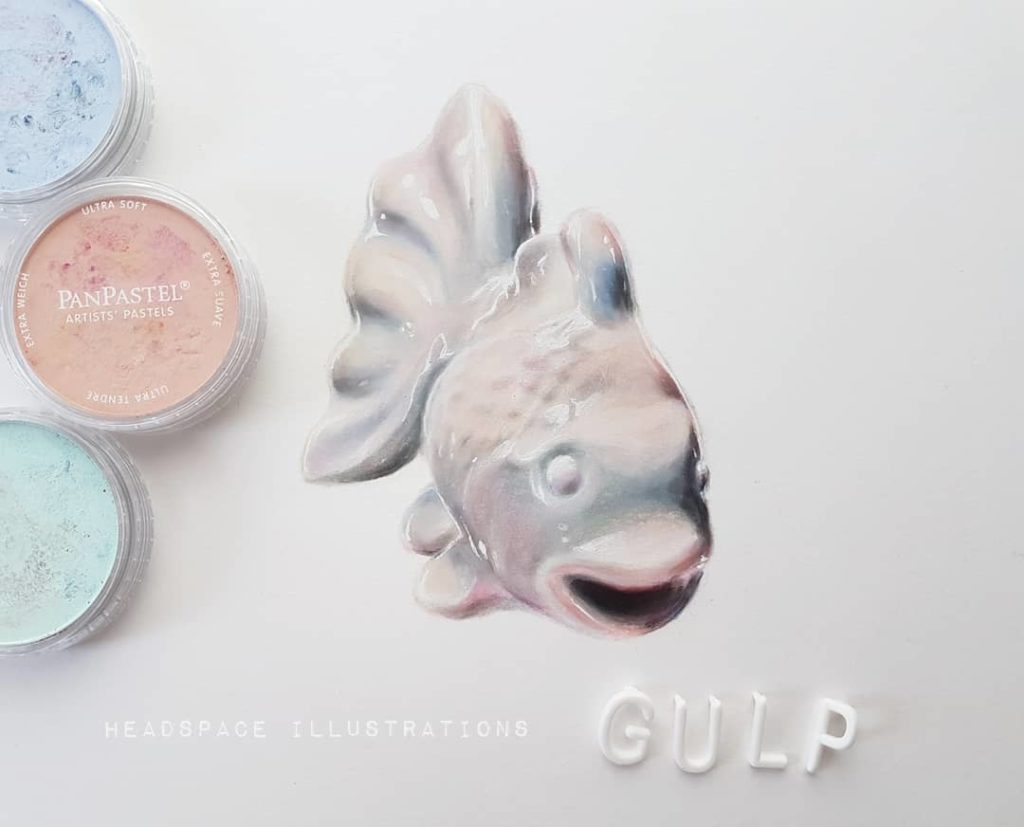 What surface do you normally use with PanPastel?
What surface do you normally use with PanPastel?
I like to use Strathmore Mixed Media 400 Series, which is a heavy bristol type of paper with a vellum texture, perfect for handling many layers, but smooth enough for crisp outlines.
What do you see as the main benefits of using PanPastel in your work?
It may seem counterproductive to cover over the PanPastel with colored pencil, but it’s an important step of the process. It’s challenging to achieve smoothly blended areas with colored pencil, especially light pastel colors. Completely covering over the white of my paper with saturated colored pencil is also difficult to do without getting a wax build up. With PanPastel, it’s a breeze, a few swipes of color saves me hours of colored pencil frustration, and keeps my paper texture in tact. The fact that it’s erasable is a huge benefit as well. Instead of tediously working around highlights, as I do with colored pencil, I can efficiently remove color as needed.
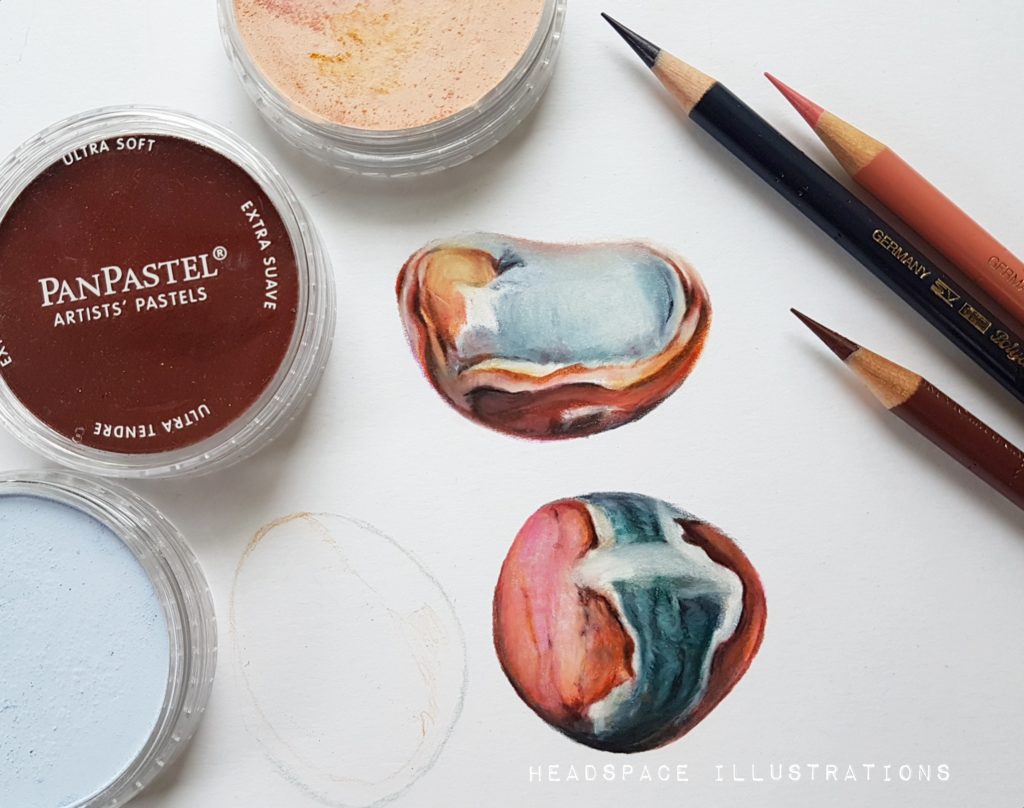
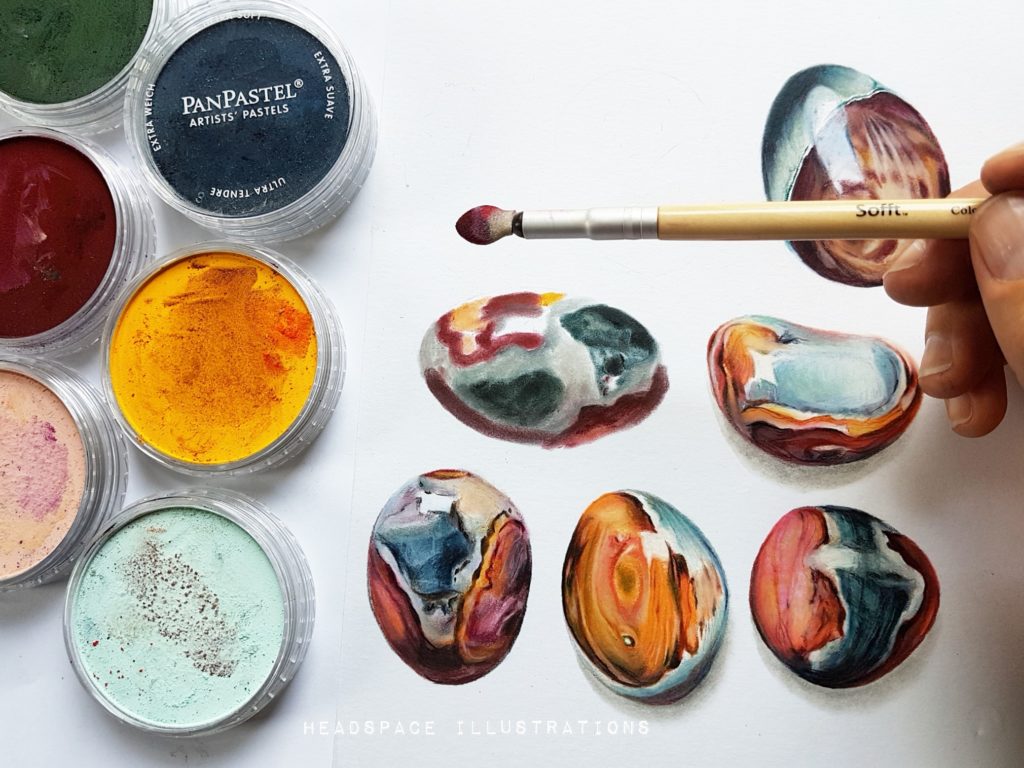 Are you doing things creatively with PanPastel that you were not doing before?
Are you doing things creatively with PanPastel that you were not doing before?
Because I’m relatively new to using PanPastel, I feel like there is a whole world of possibilities yet to discover. It makes illustrating a fresh and exciting experience, turning each project into a lesson (usually, of what not to do). All in all, it quickens up the colored pencil process, which means I can spend more quality time with my family.
Do you have any tips/techniques to share with other artists who are using PanPastel?
I think I’m the one who needs to learn from other artists! But one thing I have discovered is that it’s best to use colored pencil on top of the PanPastel, and not the other way around, as the fine powder can highlight the wax in colored pencil strokes.
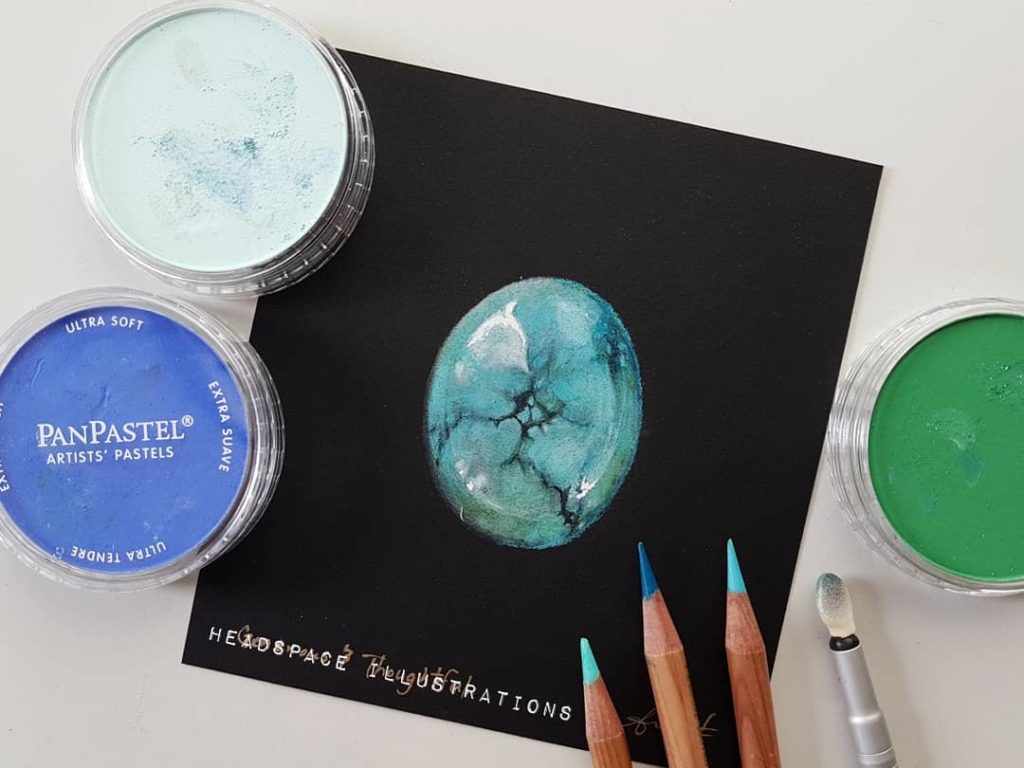 Anything else you would like to share about your work or PanPastel?
Anything else you would like to share about your work or PanPastel?
PanPastel is such a versatile medium, with endless possibilities for unique mixed media projects. I highly recommend other artists incorporating it into their own works. Even if it’s just trying out a black and white, to use for shadows and highlights. Or a small pack of primary colors, to experiment with mixing and blending. It’s elevated my creative experience, and I can’t wait to add to my color collection!
Describe the space/studio where you normally create.
I have a dedicated studio space in my home that gets bright, filtered, natural light. Although I have lighting with daylight bulbs in it, I prefer to work during the day, so my colors stay consistent. My vintage, metal tank of a desk is one that I found locally, refinished in white, and houses the majority of my art supplies. I try to keep the space tidy, the visual calm keeps me focused and makes the entire process more enjoyable. I’ve also purchased a portable tabletop easel, that has adjustable angles, a bottom ledge that holds up my paper and PanPastel tray, and can folded flat if needed. I highly recommend it. The other side of my studio is where all the technical stuff happens, scanning, edits, print making, and correspondence for my small business.
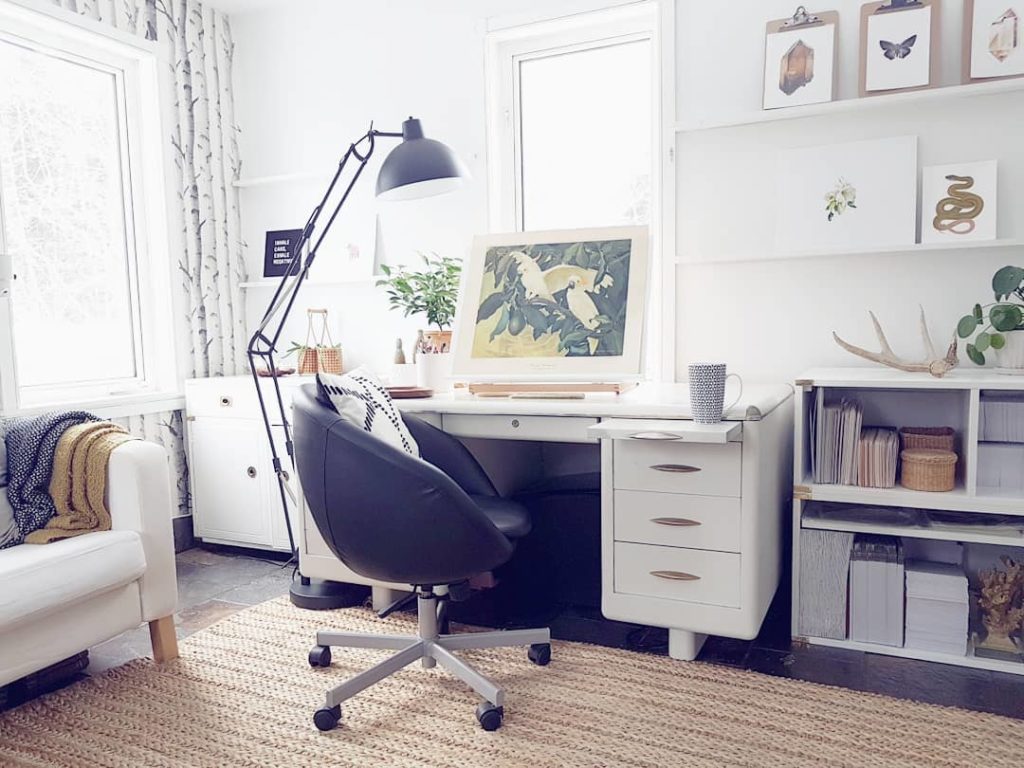 Who / what are your creative inspirations?
Who / what are your creative inspirations?
I’m inspired by little things that most overlook. Most don’t realize how incredible the design and colors that are in a moth wing, for instance. I want to bring that beauty to you. Patterns in symmetry found in our natural world are especially inspiring, and motivates me, through art, to share what I’ve discovered.
What’s the most valuable lesson you have learnt on your journey as an artist?
Art is not a competition, but individualistic. It’s a marvelous way to learn how the world is wonderfully made, to see and appreciate that it was intelligently designed. And it’s helped me to see how important creativity is to have a calm heart.
What are your artistic (and other) goals for the future?
I want to show you, step by step, that you can illustrate in color too. I’d love to put together a series of How-To’s in a book, full of inspiring and achievable works of art.
When you are not working on your artwork, what other interests do you have?
I like boring things, and live a wildly introverted life. When I’m not Headspacing, I love to read, work in my garden, go on a mushroom hunt, take the kids down for a river swim. I love sunshine, and take full advantage of every warm day to be outside. I’m also a mega vintage thrift shopper, and like to repurpose unique pieces into my constantly evolving home decor. Above all, I’m taking care of my little family.
Headspace Illustrations by Amy Hetherington
Amy is a colored pencil artist, based in Fredericton NB, Canada. She specializes in minimalistic, but highly detailed, nature inspired illustrations.
Follow Amy at Instagram & Etsy to see more of her work.
Instagram: @headspace.illustrations
Etsy Shop: HeadspaceIllustrates
